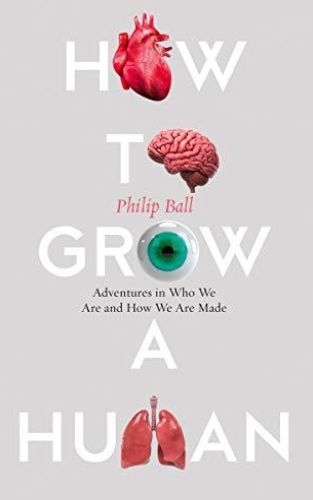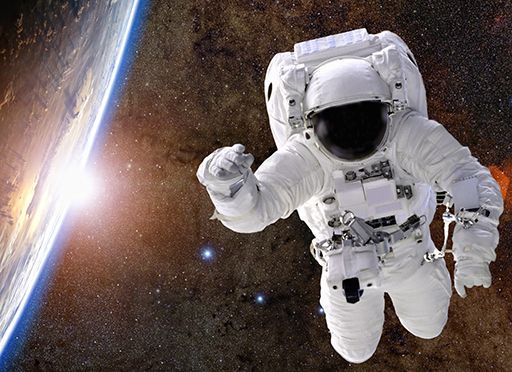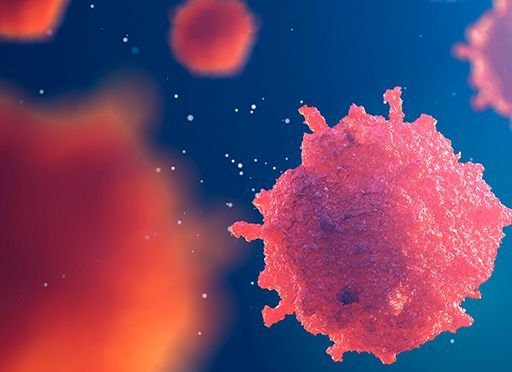Science philosopher Philip Ball presents an overview of how cellular science attempts to define the self, which, Ball insists, remains unquantifiable.

What Is Self?
Philip Ball – an editor of Nature and presenter on BBC Radio – parses what it means to be an individual in the face of technological advances that raise fundamental questions about the concept of being alive. He compels you to consider the sociological nature of these questions and posits that biology plays a neutral role in determining who we are as humans. Despite all the research on the sources of human life, Ball maintains that individuality manifests in the body.
Science said, “Ball’s look at the state of human-facing cutting-edge bioscience is a thought-provoking read.” Nature found this “should probably come with a warning: You might never look at the life sciences in quite the same way again.” And Chemistry World wrote, “Ball skillfully guides us through the last hundred years…of our love affair with tinkering with a cell.”
Who We Are
Ball opens with his central conundrum: Humans come from a single cell, which grew into a colony of cells, but no one knows when this colony comprises a self.
In 1953, Ball reports, researchers learned how genetic information encodes into DNA molecules and this unified cell biology and genetics by demonstrated how genes acted on cells. Thus, scientists may call the genome the blueprint for an organism, but Ball insists this oversimplification doesn’t account for the complexity of human developmental process.
We don’t actually know how to define a gene at all.Philip Ball
Genes are critical to human development, but a complex interaction of influences, Ball states, creates the final being. Genes are not the blueprint for development, but, the author explains, they provide the conditions for development by operating in networks and at different times in the process. Continually changing gene activity and interaction in time and space, Ball reveals, creates humans and explains human diversity, given that human genetic matter is 99.9% the same.
There are cells that are our friends and saviors, and cells that want to kill us. Philip Ball
The human body contains, Ball demonstrates, many cells that do not genetically relate to the body. He offers the example of microorganisms – such as bacteria in the digestive tract – that comprise as much as several pounds of mass.
Around half of the cells in our body are not ‘ours’ anyway.Philip Ball
This microbiome living in and on the human body, Ball conveys, has an entirely different genetic makeup, but proves essential to human life.
Conception and Ethics
Ball concedes that tissue culture and research on embryonic stem cells raise ethical questions because the culture process destroys the embryo. He discusses how, if cells can start over in a sense, he cannot view the human self as the unique outcome of the development process. Theoretically, Ball codifies, any part of a human body can give rise to any other body part – provided the correct genetic expression can trigger cells to develop into the target structure.
Ball cites a key factor limiting the growth of organs outside the body: the ability to provide nutrients to the cells. 3D printing, he discloses, has successfully “printed” tissue up to one centimeter thick which scientists then nourished with blood. And, Ball tells of researchers experimenting with growing human tissue in other animal bodies.
Ball raises another ethical issue: Conception by in vitro fertilization (IVF) means humans no longer need sex to procreate. Ball regards IVF as incarnating the question: When does a cluster of cells become a human being? IVF creates more fertilized eggs than doctors implant in a patient, so, the author recognizes, decisions arise about what to do with the rest of the fertilized eggs. Excess embryos, Ball stresses, make human embryo research possible.
In some countries, IVF now accounts for around 6% of the annual births.
Philip Ball
Ball raises a parallel query: What constitutes parenthood? He reviles labels such as step-parent, three-parent baby and test-tube baby because they contain moral undertones suggesting such children are less acceptable. The next ethical issue Ball raises concerns designer babies featuring edited genes to reduce the risk of illness or promote desirable traits.
The Self
Ball cites transhumanism – the desire to use technology to extend the human body, prolong life or extend intelligence and cognitive ability. This includes, he explains, storing the contents of a human brain in a computer, perhaps for later implantation into a new body. But Ball clarifies that much of what the brain stores as memories and an understanding of the world come through information collected from the body. This calls into question the efficacy of much transhuman intention, and lets Ball assert that the body is mortal, but ideas and data are not. Yet, he underscores, the mind and body link indivisibly.
Our brains, like our bodies, are an adaptive and responsive record of our personal histories.
Philip Ball
Ball accepts that the physical boundaries of the body might define the self, but cell culture means some cells with a given person’s genes can live outside those boundaries. Moreover, Ball repeats, the microbiome present in humans means that no single genome can define the self; humans are a colony of cells.
In conclusion, Ball returns to his thesis conundrum: Without some understanding of the self – however hazy – people have no frame of reference for perceiving reality.
Ethics
Ball circles around several of his philosophical questions by citing perhaps more science than necessary for a greater understanding of those questions. At times, Ball seems to be ticking scientific achievements off on his fingertips while gathering breath to raise the ethical issues those achievements manifest. So, Ball can be equally frustrating and illuminating. You may urge him to get the point because his main points are so worth consideration. Ball does not offer solutions; his purpose is to ensure that a blizzard of scientific advances never obscures fundamental questions of human identity and self-identity. Your engagement with his discussion will depend on your fascination with those questions.
Philip Ball’s other books include The Beauty of Chemistry; Patterns in Nature; and Beyond Weird. Works exploring parallel themes include Hacking the Code of Life by Nessa Carey and The Code Breaker by Walter Isaacson.





